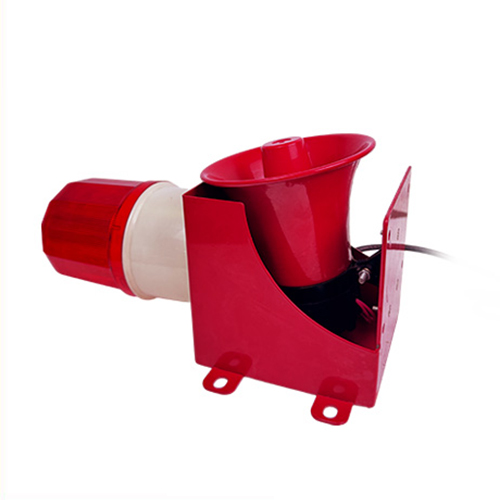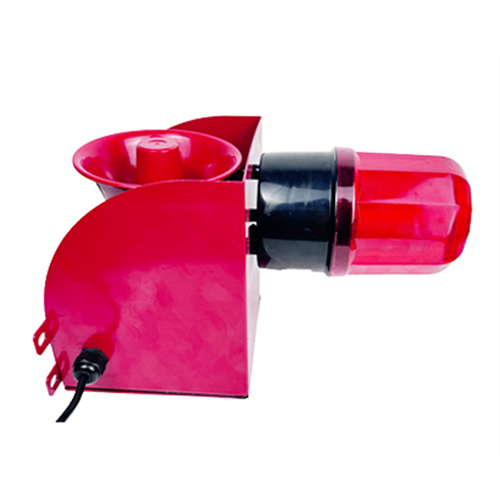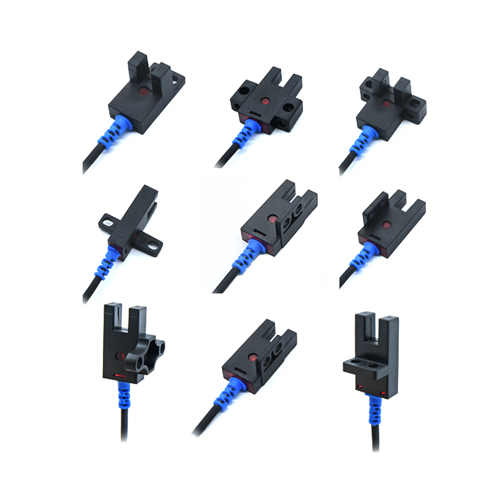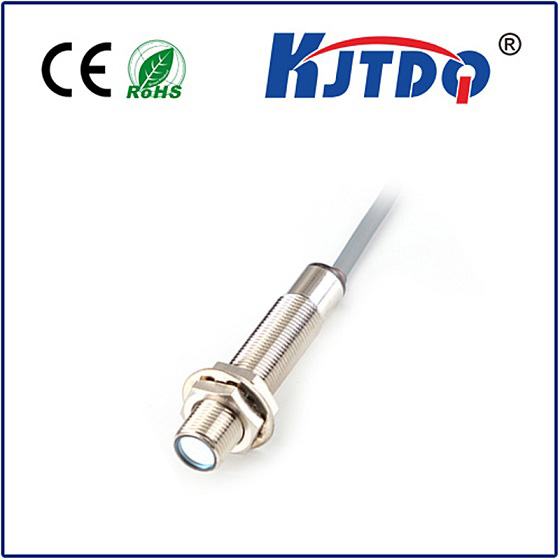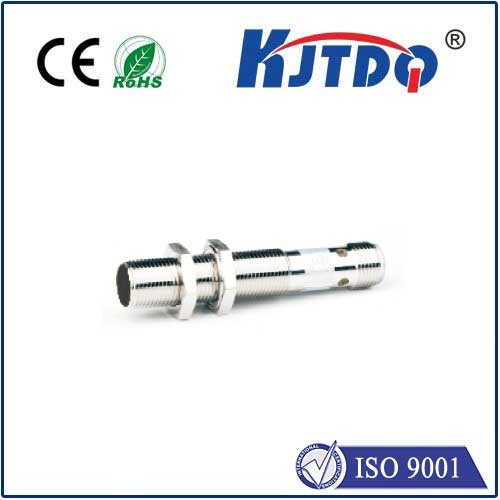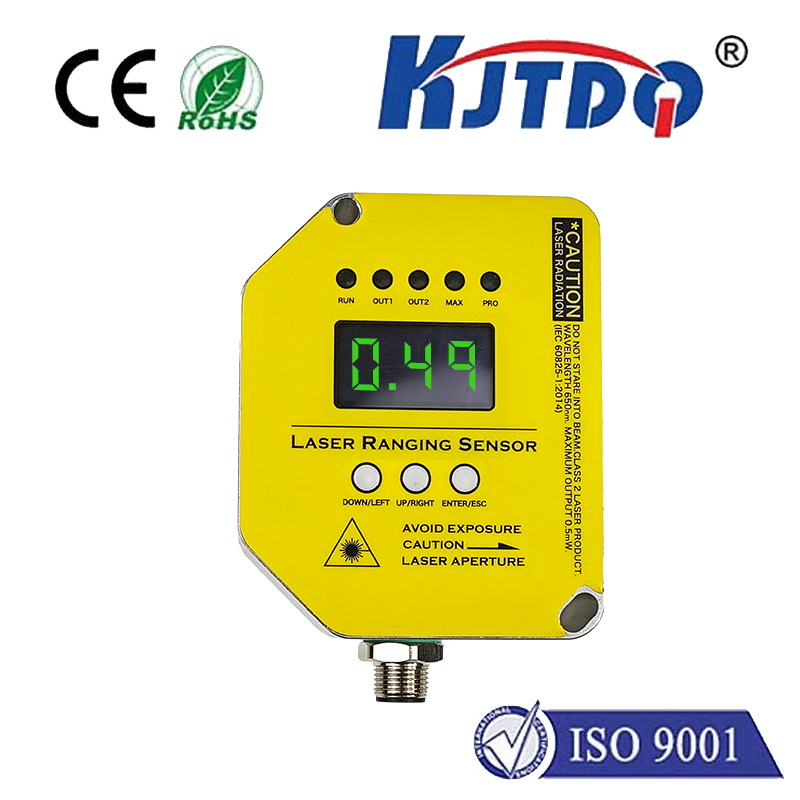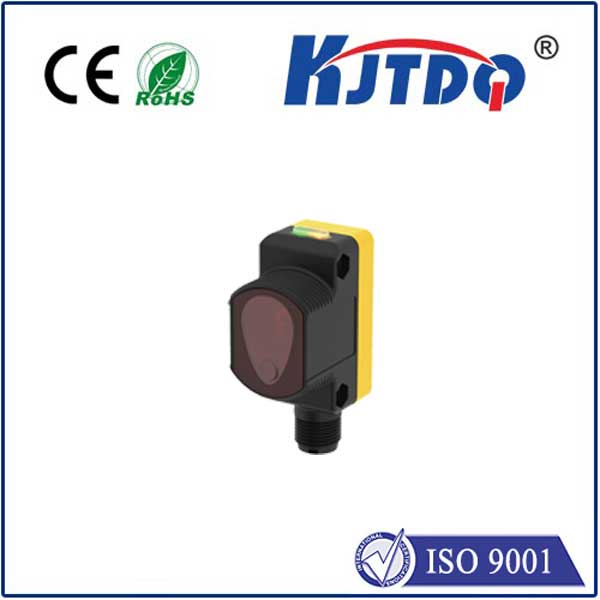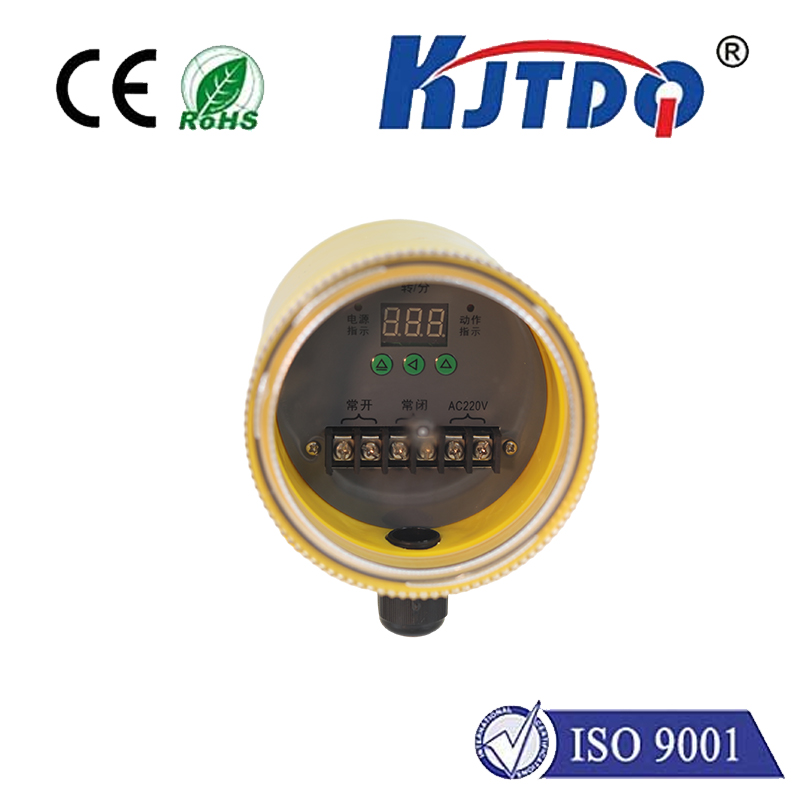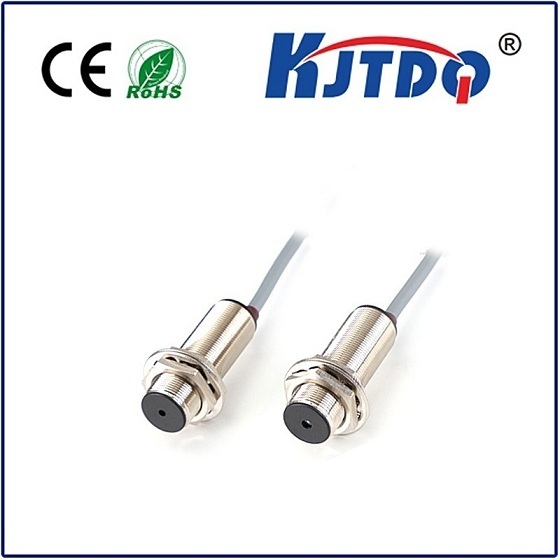lj18a3 8 z ay proximity sensor
- time:2025-06-26 02:07:48
- Click:0
Decoding the LJ18A3-8-Z/AY Proximity Sensor: Your Essential Guide
Imagine a tireless sentinel, silently monitoring machinery on a bustling factory floor. Unfazed by dust, vibration, or grime, it detects the presence of metallic components with unwavering precision, triggering actions critical to efficiency and safety. This unsung hero is often an inductive proximity sensor, and models like the LJ18A3-8-Z/AY are fundamental workhorses in industrial automation worldwide. But what exactly does this alphanumeric code mean, and why is this specific sensor so widely trusted? Let’s demystify the LJ18A3-8-Z/AY and explore its capabilities.
Cracking the Code: Understanding the LJ18A3-8-Z/AY
The model number “LJ18A3-8-Z/AY” isn’t random; it’s a detailed specification sheet condensed into a label. Breaking it down reveals everything you need to know:
- LJ: Typically indicates the manufacturer series or product family (e.g., a common cylindrical inductive sensor series).
- 18: Denotes the sensor’s housing diameter, in this case, 18 millimeters. This is crucial for installation in specific mounting holes.
- A3: Often signifies the sensor’s sensing distance specification. The “A3” usually corresponds to an 8mm nominal sensing range for ferrous metals (like steel). Always verify against the specific datasheet.
- 8: Explicitly confirms the 8mm nominal sensing distance. This is the range within which the sensor can reliably detect a standard target.
- Z: Represents the output configuration and operating voltage.
Z commonly signifies a 3-wire DC sensor.- Often implies an NPN output transistor (sinking output).
- Typically rated for operating voltages between 10-30V DC.
- AY: This suffix usually refers to the output state.
A frequently indicates a Normally Open (NO) contact logic.Y often specifies the cable type and length (e.g., a straight PVC cable, commonly 2 meters long). Specifics (like exact length) should be confirmed with the manufacturer’s datasheet.
Therefore, the LJ18A3-8-Z/AY translates to: An 18mm diameter, cylindrical, inductive proximity sensor with an 8mm sensing range, featuring a 3-wire DC NPN Normally Open (NO) output, typically operating at 10-30V DC, and likely equipped with a 2m straight cable.

Core Function and Principle: How Does the LJ18A3-8-Z/AY Work?
This sensor operates on the principle of electromagnetic induction. Inside its robust housing lies an oscillator coil generating a high-frequency electromagnetic field at the sensing face. When a ferrous (iron-based) metal target enters this field within the specified 8mm proximity range, it induces eddy currents on the target’s surface. These eddy currents draw energy from the oscillator, causing its amplitude to decrease. An integrated evaluation circuit precisely monitors this amplitude change. Once the decrease surpasses a predefined threshold, the circuit triggers a state change in the NPN output transistor.
- Normally Open (NO) Output: In the absence of a target, the output is “off” (high impedance/voltage present). When a target enters the 8mm sensing range, the output transistor switches “on,” effectively connecting the output wire (usually the black wire) to the common negative (blue wire), signaling detection.
Why the LJ18A3-8-Z/AY Reigns Supreme in Industrial Settings
This specific configuration enjoys immense popularity for several compelling reasons:
- Robustness & Reliability: Encased in nickel-plated brass or stainless steel, these sensors are built to endure harsh industrial environments. They excel where mechanical switches would fail due to physical wear, dirt, oil, coolants, or vibration. Their non-contact sensing principle guarantees virtually infinite mechanical life for the sensor itself.
- High Switching Speed: Capable of detecting targets thousands of times per minute, the LJ18A3-8-Z/AY is perfect for high-speed applications like production line counting, position verification on moving machinery, or monitoring rapidly rotating parts – far exceeding the capability of mechanical limit switches.
- Exceptional Precision: The defined 8mm sensing range offers reliable and repeatable detection, crucial for tasks requiring accurate positioning or timing.
- Versatility: The 3-wire NPN NO configuration is perhaps the most common interface in industrial control systems (like PLCs - Programmable Logic Controllers), making integration straightforward. The 10-30V DC operating range aligns perfectly with standard industrial control voltages.
- Cost-Effectiveness: As a mature and widely manufactured product, the LJ18A3-8-Z/AY offers exceptional performance and durability at a very competitive price point, providing excellent value.
- Ease of Installation: The cylindrical 18mm housing allows for simple mounting using standard locknuts into precisely drilled holes.
Key Applications: Where Does the LJ18A3-8-Z/AY Shine?
The LJ18A3-8-Z/AY’s combination of features makes it indispensable across diverse sectors:
- Machine Tooling: Detecting tool positions, workpiece presence, end-of-travel limits, turret indexing.
- Packaging Lines: Verifying case/pallet presence, counting products, controlling diverters, monitoring fill levels (for metal containers).
- Material Handling: Confirming pallet positioning on conveyors, detecting metal parts on feeders, monitoring gate or door positions.
- Automotive Manufacturing: Robotics end-effector position feedback, part positioning in assembly jigs, cylinder position feedback.
- General Automation: Position sensing on linear actuators, presence detection for sorting systems, security systems (door/window position).
- Counting: High-speed counting of metallic objects on conveyors or chutes.
Installation and Selection Considerations
While the LJ18A3-8-Z/AY is versatile, ensure optimal performance:
- Mounting: Ensure secure mounting without excessive vibration. The sensing face should be parallel to the target surface. Maintain the recommended lateral offset if multiple sensors are mounted close together to prevent mutual interference.
- Target Material: Primarily designed for ferrous metals (steel, iron). Detection range for non-ferrous metals (aluminum, brass, copper) is significantly reduced, often to 30-50% of the nominal 8mm range.
- Target Size: The standard target for specifying the 8mm range is typically a square of mild steel, 1mm thick, with sides equal to the sensor’s diameter or 3x the sensing distance (whichever is larger). Smaller targets will reduce the effective sensing distance.
- Wiring: Crucial! For 3-wire NPN sensors:
- Brown Wire: Connect to +V DC (Positive Supply, e.g., 24V).
- Blue Wire: Connect to 0V DC (Common Negative / Ground).
- Black Wire: The NPN Output signal wire (Switches to 0V/GND when target detected). Always consult the sensor’s datasheet for definitive wiring instructions.
- Environment: Ensure the sensor’s rated IP (Ingress Protection) rating (e.g., IP67, IP68) is suitable for













